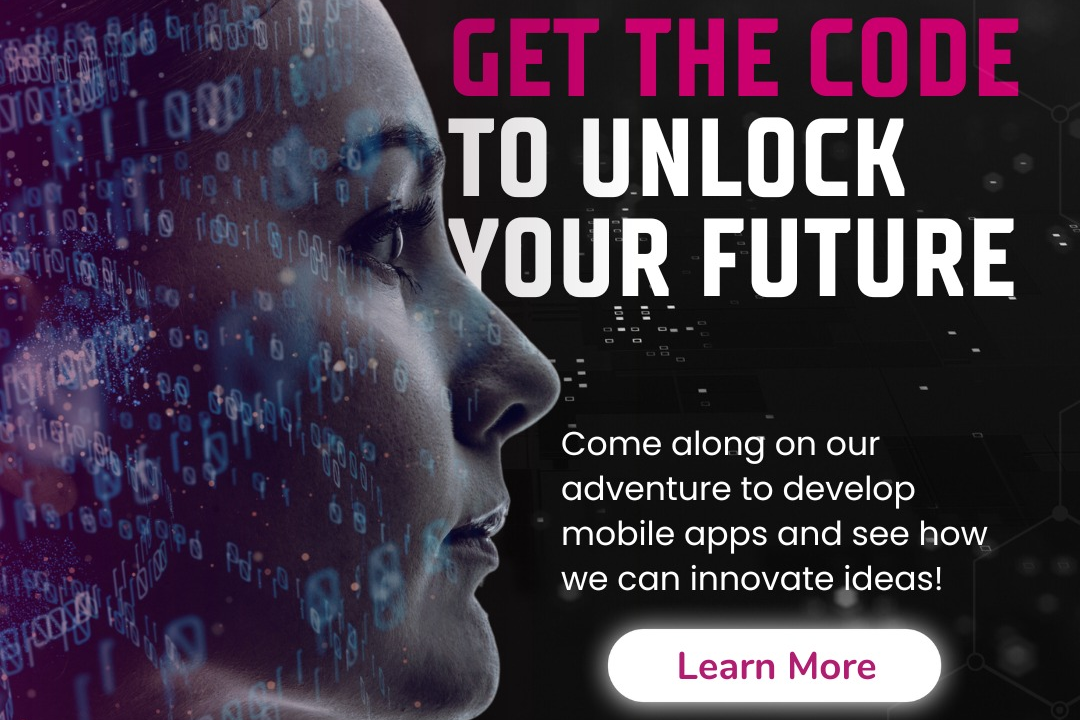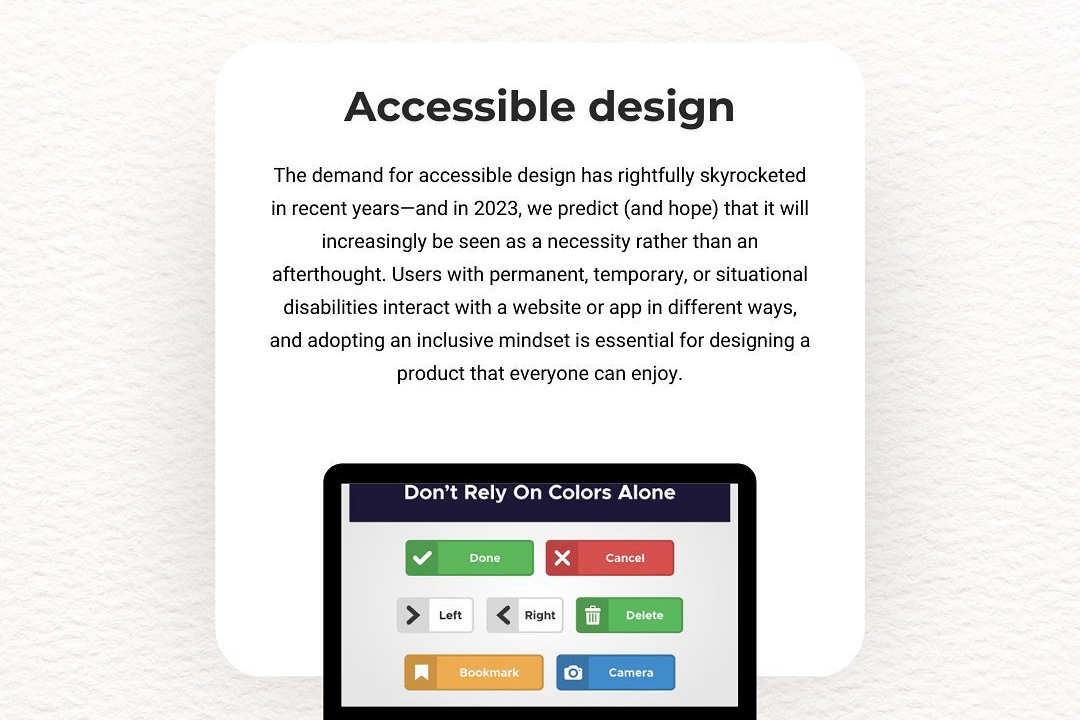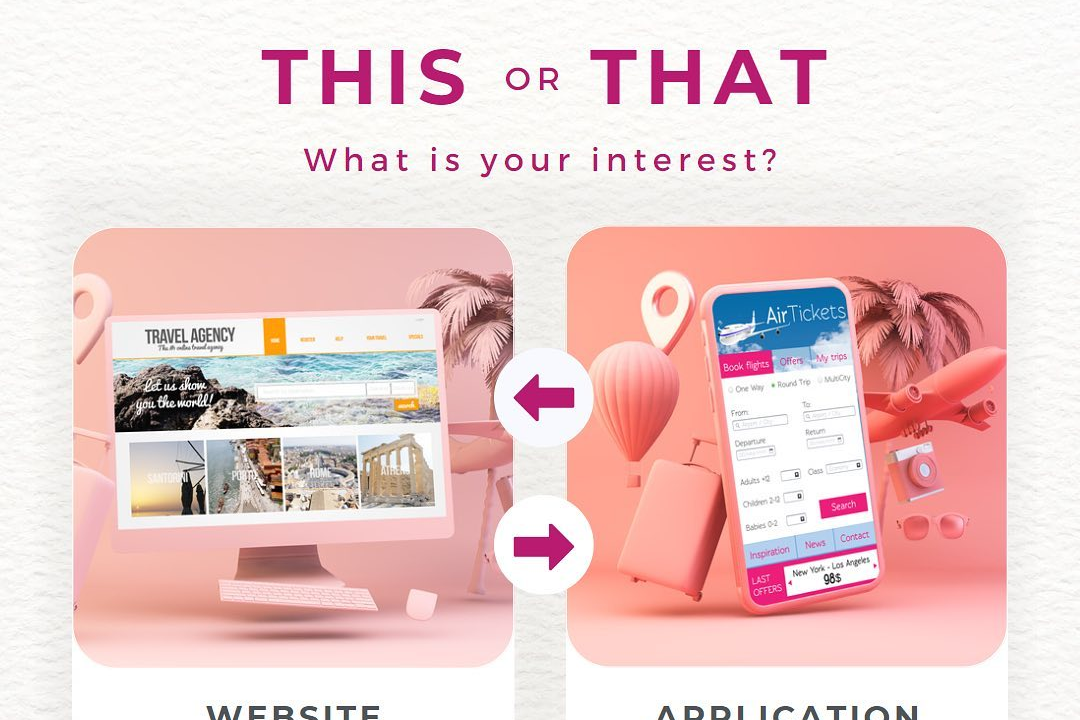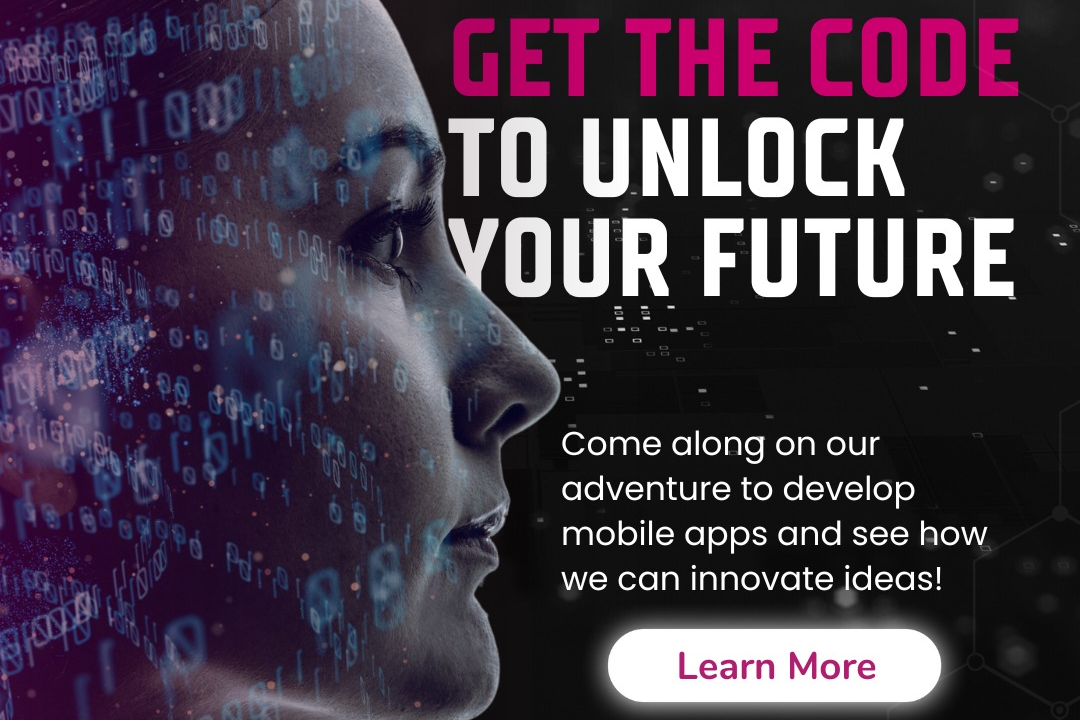Best Practices for iOS User Testing
Optimizing User Experience: Effective iOS User Testing Strategies
Best Practices for iOS User Testing
Best practices for iOS user testing involve a structured approach that prioritizes user-centered design and feedback. Start by defining clear goals and metrics for the test, ensuring that the tasks are relevant to real-world usage scenarios. Recruit a diverse group of participants that reflect your target audience to gather varied insights. Utilize both qualitative and quantitative methods, such as usability testing sessions and surveys, to gather comprehensive data. Pay attention to the iOS interface guidelines to ensure usability aligns with user expectations. Conduct the testing in a relaxed environment, encourage open feedback, and observe user interactions closely to identify pain points and confusion. Lastly, iterate on your design based on the findings, continuously refining the user experience to better meet user needs.
To Download Our Brochure: https://www.justacademy.co/download-brochure-for-free
Message us for more information: +91 9987184296
1 - Define Clear Objectives
Establish specific goals for your user testing sessions. Understand what you want to learn or evaluate, whether it's usability, functionality, or user satisfaction.
2) Identify Target Users
Select participants that closely match your target user demographic. This will help ensure the feedback is relevant and actionable for your audience.
3) Use Realistic Scenarios
Create test scenarios that mimic real life usage of the app. This helps users interact with the app as they would typically do, leading to more reliable insights.
4) Conduct Pilot Tests
Run a preliminary test with a small group of users to identify any issues with your testing process, such as unclear instructions or technical glitches.
5) Utilize Both Qualitative and Quantitative Data
Combine observational data (qualitative) with metrics (quantitative) to gain a comprehensive understanding of user interactions and satisfaction.
6) Incorporate Remote Testing
Allow users to test the app remotely, using screen sharing tools. This approach increases flexibility and can accommodate a wider range of participants.
7) Record Sessions
Capture audio and video of the testing sessions for later analysis. This allows you to review user reactions and comments that you might miss during the live observation.
8) Encourage Think Aloud Protocol
Ask users to articulate their thoughts while using the app. This technique provides insight into their thought processes and the reasons behind their actions.
9) Keep Sessions Short and Focused
Limit the duration of user testing sessions to avoid fatigue. Short, focused tests can yield more accurate and concise feedback.
10) Prepare Prototypes
Use low fidelity or high fidelity prototypes depending on what phase you're in. Prototypes facilitate testing without needing a fully developed app, saving time and resources.
11) Create a Welcoming Environment
Ensure that the testing environment is comfortable and that users feel at ease. A supportive atmosphere can lead to more honest feedback.
12) Analyze Data Thoroughly
After testing, systematically analyze the collected data to identify common patterns and actionable insights. Look for recurring issues that require attention.
13) Iterate Based on Feedback
Use the insights gained from user testing to make informed improvements to your app. Prioritize changes based on user impact and ease of implementation.
14) Engage Stakeholders
Share findings with stakeholders early and often. Their involvement can be crucial in decision making and prioritizing user focused enhancements.
15) Document Everything
Keep comprehensive records of testing plans, participant feedback, and resulting changes made. Documentation helps ensure continuity in the testing process and serves as a reference for future iterations.
16) Plan for Diverse User Needs
Consider accessibility and diverse user groups when designing tests. Ensure that your app is usable by people with different abilities and preferences.
17) Follow Up with Participants
Reach out to test participants after the session to thank them and possibly gather more feedback. This can foster ongoing relationships and future testing opportunities.
These best practices will guide students in conducting effective user testing for iOS applications, ultimately enhancing their design and development skills.
Browse our course links : https://www.justacademy.co/all-courses
To Join our FREE DEMO Session: Click Here
Contact Us for more info:
- Message us on Whatsapp: +91 9987184296
- Email id: info@justacademy.co












